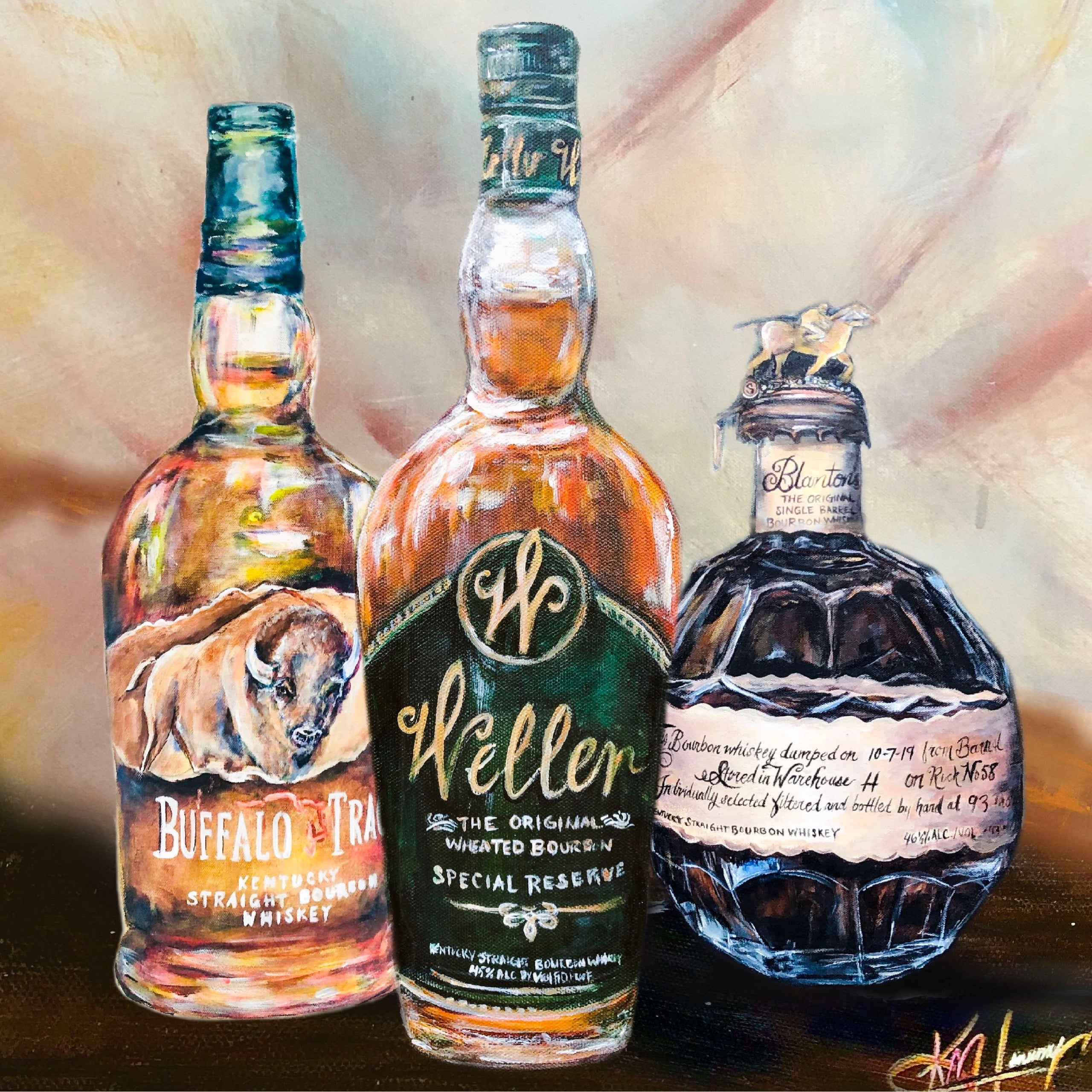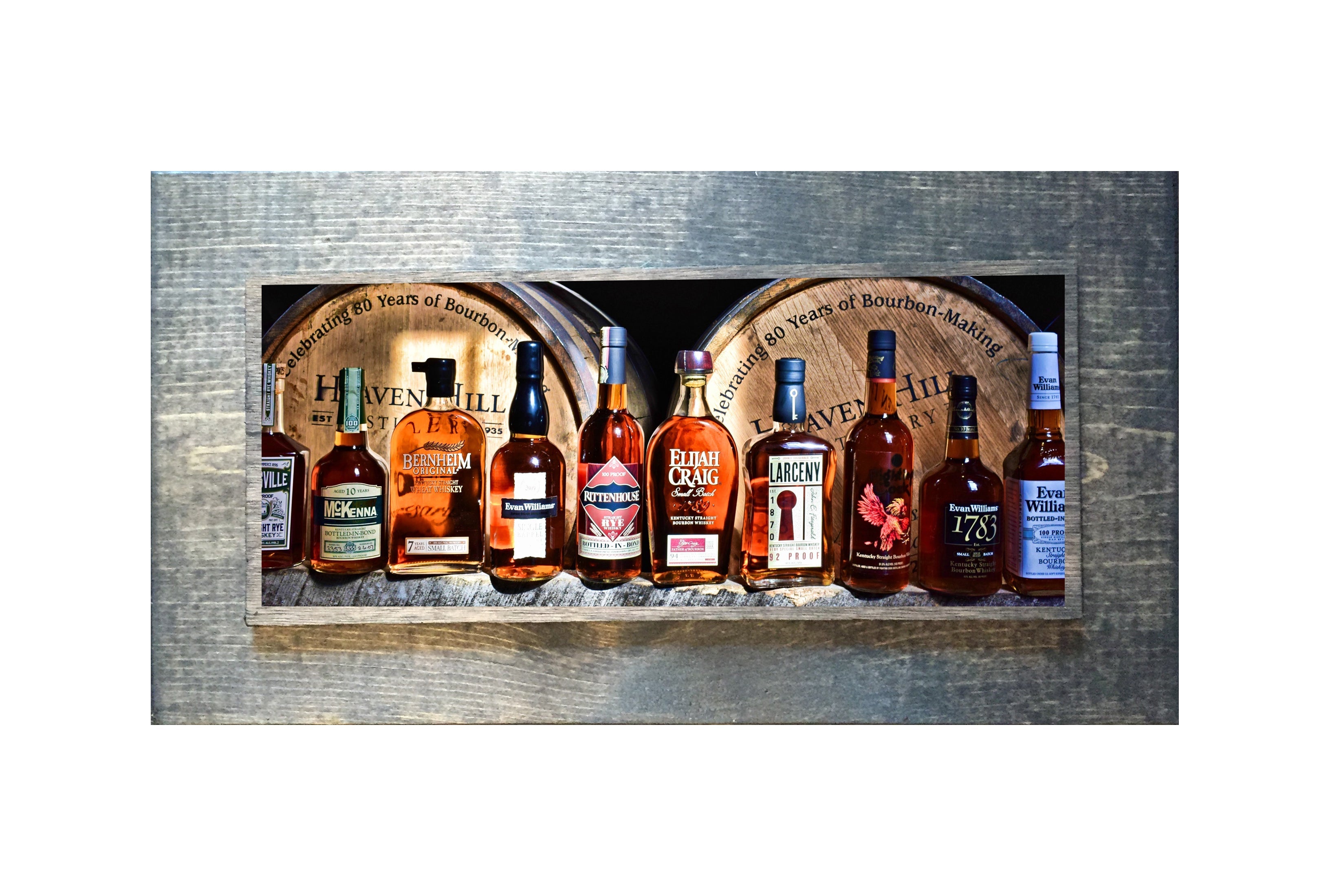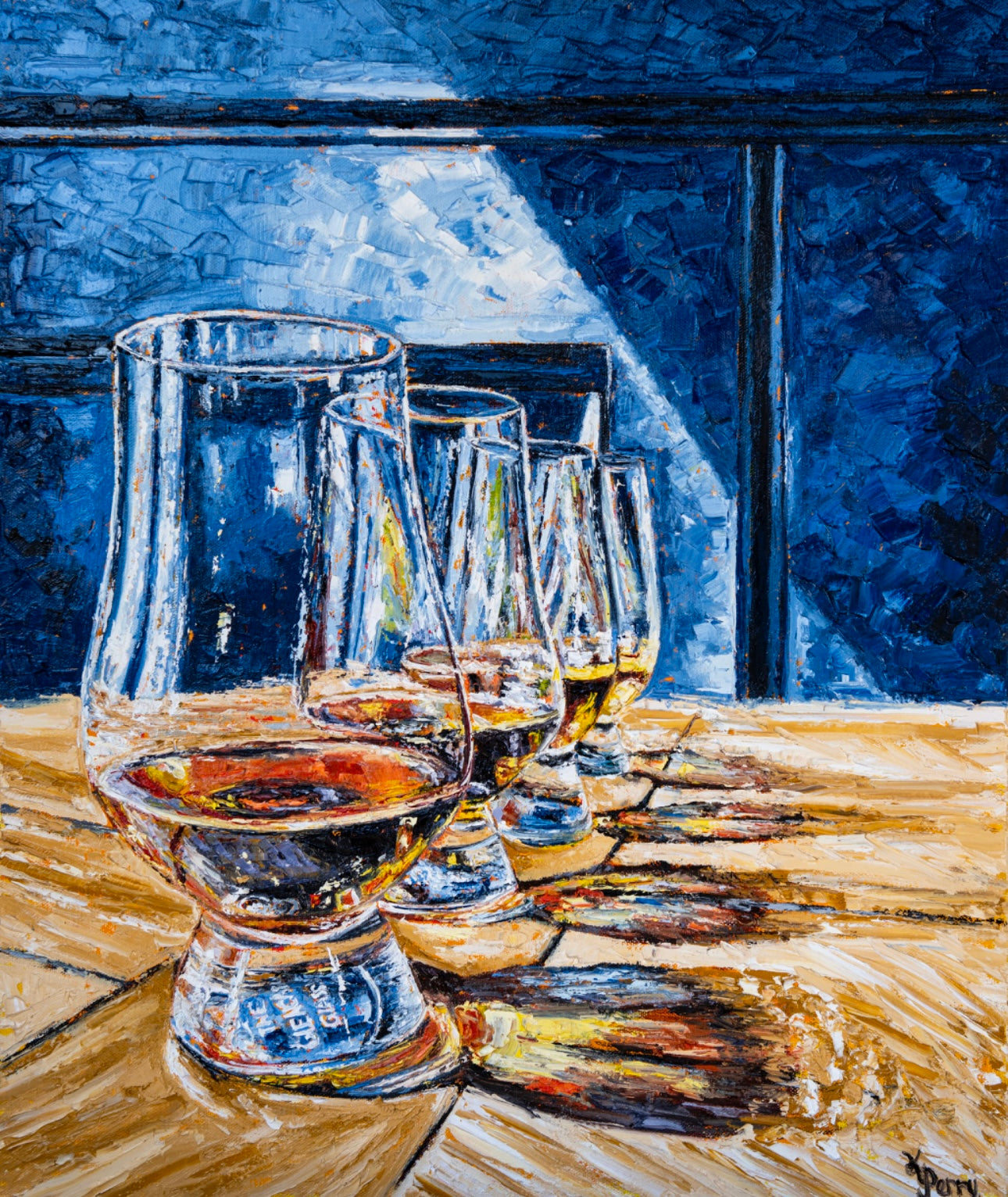Revealing the Beauty of Bourbon Art: A Homage to Craft Distillers
Revealing the Beauty of Bourbon Art: A Homage to Craft Distillers
Blog Article
The Value of Whiskey Art in Celebrating Heritage and Craftsmanship in the Beverage Sector
The detailed partnership in between scotch art and the event of heritage and workmanship within the drink industry can not be overemphasized. With attentively designed bottles and tags, whiskey brand names envelop their historic origins and the artisanal skills that define their manufacturing methods. This creative measurement not only boosts market allure yet likewise acts as an avenue for social storytelling, promoting a much deeper link in between the consumer and the craft. As we check out the various elements of this topic, fascinating questions about the effect of modern patterns on typical methods arise, prompting more examination.
The Historic Roots of Whiskey
At the heart of scotch's attraction lies an abundant tapestry of historical origins that trace back to old worlds. The beginnings of whiskey can be linked to the distillation practices of the Sumerians and Babylonians around 2000 BCE, where very early forms of fermented grain beverages began to emerge. It was in the Middle Ages that the art of distillation evolved dramatically, especially in Ireland and Scotland, leading to the development of whiskey as we recognize it today.
The term "scotch" itself originates from the Gaelic word "uisce beatha," indicating "water of life." This expression underscores the social significance of bourbon in Celtic societies, where it was frequently linked with rituals, celebrations, and communal bonding. By the 15th century, distillation became an acknowledged craft within reclusive areas, leading the means for the facility of legal distilleries.
As trade courses broadened, scotch's popularity grew, transcending local boundaries and recording the passion of aficionados worldwide. Limited Edition. This historical journey shows not just the craftsmanship behind whiskey production but also its indispensable duty in cultural and social contexts, marking it as a significant drink throughout background
Artistic Expression in Branding
Bourbon branding stands as a compelling junction of creativity and commerce, where visual identification plays an important function in forming consumer perception. The visual appeals of scotch tags, product packaging, and marketing materials reflect not just the brand name's story however also its core worths and heritage. Via creative expression, distilleries communicate a narrative that reverberates with consumers, evoking emotions and sparking links.
Using color, typography, and images in branding serves to differentiate items in a saturated market. As an example, traditional concepts may stimulate a sense of credibility and craftsmanship, while contemporary styles can signify advancement and forward-thinking. This calculated imaginative instructions improves brand acknowledgment and loyalty, allowing consumers to create an individual relationship with the scotch they select.
In addition, artistic expression in branding usually works as an event of regional heritage. Distilleries regularly incorporate neighborhood signs or historical referrals right into their layouts, developing a sense of location that welcomes customers to take part in a broader cultural experience. Ultimately, the virtuosity behind whiskey branding not only improves visual allure yet also improves the total narrative of the brand, fostering a much deeper recognition for the workmanship and heritage embedded in each container.
Workmanship in Container Style
The artistry apparent in whiskey branding extends beyond visual identity to incorporate the workmanship associated with bottle design. the original source Each container functions as a vessel not just for the spirit within, yet likewise for the story it outlines its origin, quality, and tradition. The design process requires meticulous attention to information, as components such as material, shape, and closure add substantially to the general perception of the scotch.
Workmanship in bottle layout entails selecting high-grade glass that can improve the bourbon's shade and clearness, while also offering a tactile experience for the customer. The shape of the bottle have to be both visually enticing and useful, commonly showing the heritage of the brand. Many distilleries decide for distinct shapes or embossed logo designs that evoke a sense of credibility and history.
Additionally, the label style and typography play an important role in communicating the brand name's story. Whiskey Art. A well-crafted container not just mesmerizes the consumer's eye however additionally strengthens the brand's commitment to top quality and custom. By doing this, the workmanship of container style ends up being an important aspect of the scotch experience, combining artistry with an extensive respect for heritage
Cultural Value of Whiskey Art
Commemorating tradition and workmanship, the social significance of bourbon art transcends plain visual appeals, linking with the historic and social narratives of the regions check that where it stems. Each container serves as a canvas, illustrating the special stories, mythology, and customs that have actually find more info formed regional whiskey-making practices. The intricate designs commonly reflect the heritage of the distillers, integrating icons and motifs that reverberate with the culture and worths of their areas.

Additionally, bourbon art plays a crucial role in communal gatherings and events, functioning as a substantial web link between individuals and their shared experiences. By valuing the virtuosity in bourbon packaging, customers cultivate a much deeper understanding and respect for the craft, inevitably enriching their enjoyment of the beverage itself.
Modern Trends in Bourbon Presentation
In recent times, the presentation of whiskey has developed to reflect contemporary preferences and fads while still recognizing standard workmanship - Limited Edition. Distilleries are significantly concentrating on visual elements that enhance the overall drinking experience, bridging the gap in between heritage and modernity
Innovative bottle designs have actually arised, typically integrating sustainable products and imaginative labels that inform compelling stories. Numerous brand names currently work together with regional artists, infusing their items with unique aesthetic expressions that resonate with consumers. Furthermore, limited-edition releases are commonly packaged in collectible containers, including value and allure for lovers.

Conclusion
In conclusion, whiskey art offers as a vital conduit for revealing the heritage and workmanship inherent in the beverage sector. Via detailed branding, cutting-edge container designs, and culturally considerable creative components, bourbon brands successfully honor their practices and connect with customers.


Craftsmanship in bottle style includes selecting premium glass that can improve the scotch's color and clearness, while also supplying a responsive experience for the customer. In this way, the craftsmanship of bottle style ends up being a crucial aspect of the scotch experience, combining artistry with a profound respect for heritage.
In final thought, whiskey art serves as a vital channel for expressing the heritage and craftsmanship fundamental in the beverage sector.
Report this page